Skimming the water along Italy’s sunny Amalfi Coast with prosecco in hand and listening to Luciano Pavarotti belting out “Nessun Dorma” over the sound system, I can’t help but believe this is possibly one of the most perfect days.
Today I am a guest (along with two other travel writers) of Guido and Ornella Fiorentino. Guido owns Sorrento’s Grand Hotel Excelsior Vittoria, which has been in his family since 1834. Throughout its storied past, it has hosted European royalty and Hollywood celebrities as well as a host of iconic singers, artists, and musicians. Perched on a cliff overlooking the Bay of Naples, Mount Vesuvius, and the island of Capri, the five-star hotel—complete with Michelin-starred dining—is spread over three historic buildings. It’s the perfect basecamp from which to tour this classic Mediterranean landscape, rich in both natural beauty and ancient history.
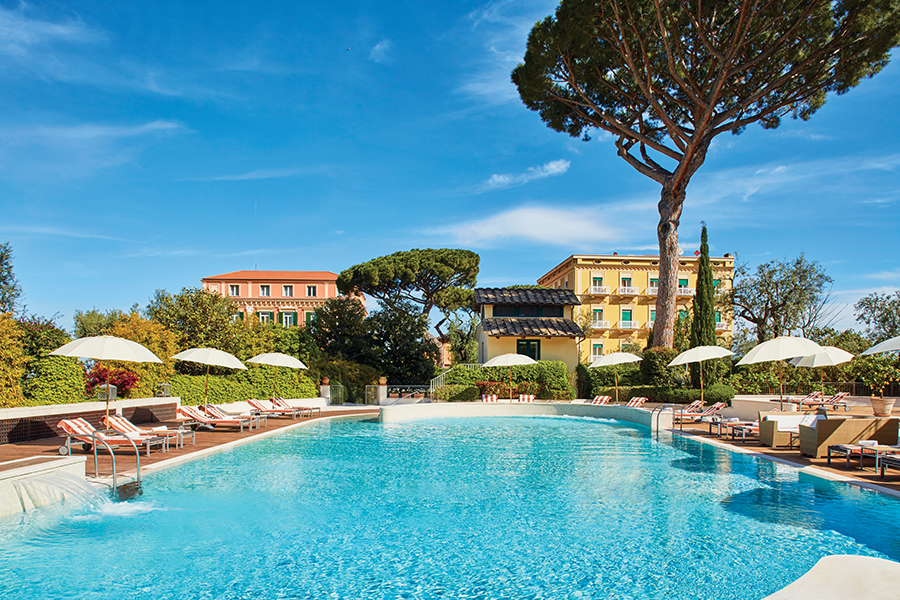

We speed past the calcareous rock coastline and its mysterious caves, grottos, Roman ruins, terraced vineyards, and lemon orchards—one scene more breathtaking than the next. Not only are the sights, salt air, operatic tenor, and prosecco perfection, but also the warmth and hospitality of this gracious and handsome powerhouse couple unyielding. Their welcoming, relaxed demeanor is infectious and makes the trip all the more sensational.
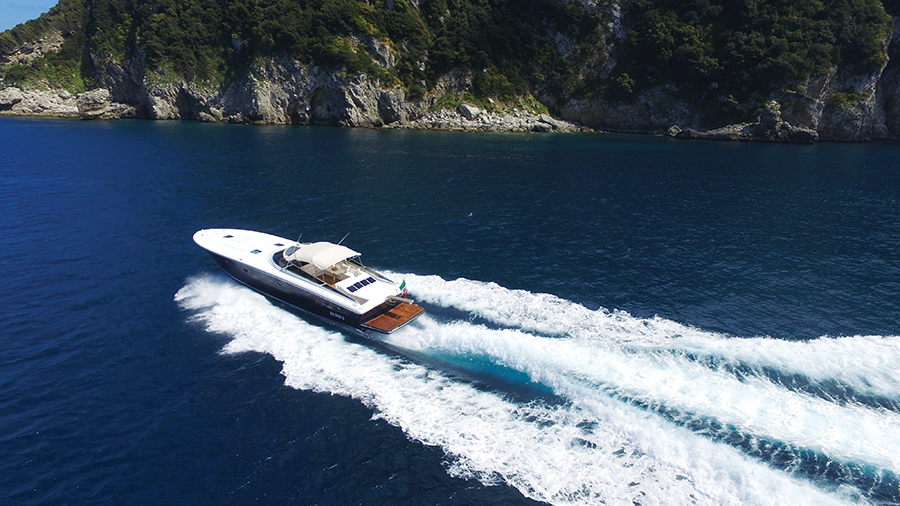

We stop for lunch where the Gulfs of Naples and Salerno begin to turn at Marina del Cantone. Just offshore, located between the Bays of Recommone and Ieranto, lies Li Galli island, where the Sirens in Homer’s epic poem Odyssey were said to have lived.
The tiny cove is home to Ristorante Maria Grazia, which opened in 1901. We eat family style at a long table with a pale blue tablecloth and white china overlooking the sea. Plate after plate arrives from the kitchen: fresh tomatoes and mozzarella, green olives, and heaps of spaghetti and zucchini topped with fresh basil. This spaghetti dish was invented by founder Maria Grazia and passed down through generations—it is simple but exquisite. Falanghina wine flows freely while Guido describes his childhood growing up on the Amalfi Coast and the history of his famous hotel. He shares that it was built on the ruins of Roman Emperor Augustus’s villa; a series of tunnels still run beneath.
Satiated and even more intrigued, we hop on the boat and return to our ultra-luxe accommodations. A quick elevator ride brings us from the port directly back to the hotel. The afternoon is spent touring and shopping in town with Ornella. She shares some of her favorite boutiques selling everything from handmade sandals to the region’s lemon liquor, limoncello.
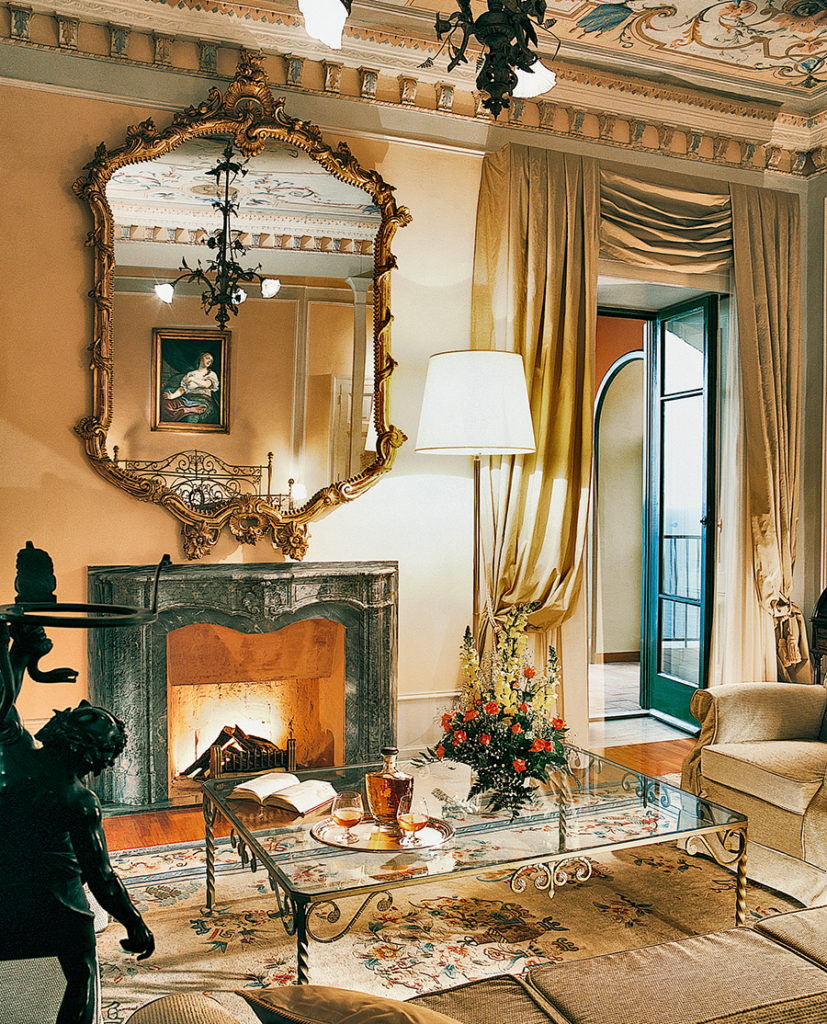

Back to the hotel’s champagne garden, we talk about the day under the wisteria-laden pergola as the sun begins to set. Before heading to dinner, I wander around the hotel’s ancient grounds, taking in the Mediterranean plants and citrus and olive groves and soaking in the beauty. The hotel’s interiors parallel the surrounding grounds and gardens. Its 18th-century columns, frescoed ceilings, and antiques mirror the region’s unsurpassed history and sophistication.
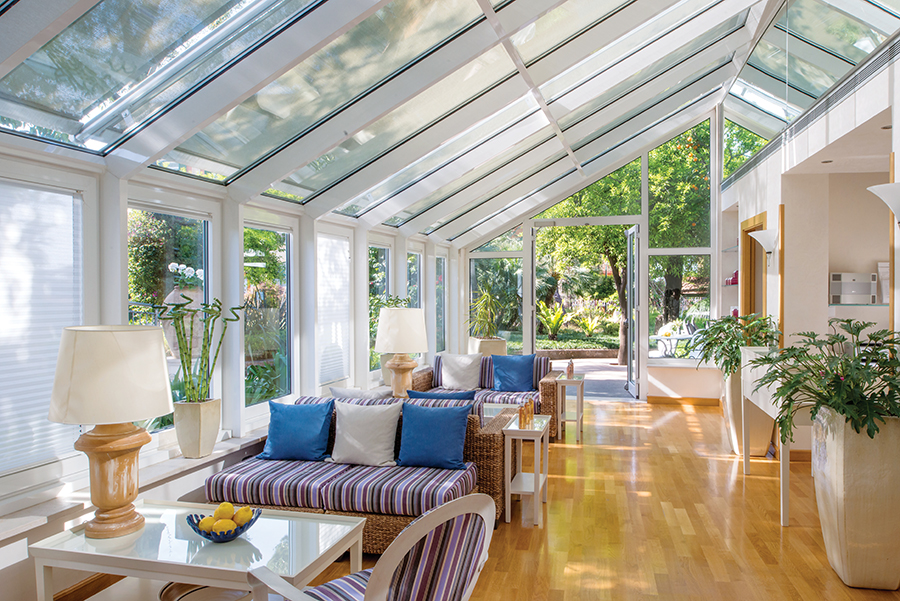

I join my new friends at the Michelin-starred restaurant Terrazza Bosquet, helmed by chef Antonino Montefusco, whose regional and Mediterranean cuisine incorporates fresh, local produce—even a variety of citrus fruits from the hotel’s orange grove. The presentation of each dish is divine. We are fortunate to have Guido and Ornella join us for the evening and learn more about the hotel’s iconic guests: poet and playwright Oscar Wilde, German composer Richard Wagner, and turn-of-the-last-century Italian opera singer Enrico Caruso. The hotel still keeps the Caruso Suite, where Caruso spent many months, decorated in Victorian fashion. I can hear “O Sole Mio” when I tour the famous suite—an homage to this great Italian talent.
The next morning after breakfast, we head to the little square of Termini in the small village of Massa Lubrense for a guided hike on San Costanzo mountain. Vegetation sprouts from the rocky terrain and our guide points out tiny blue flowers called Lithodora rosmarinifolia, a common plant of the Sorrento peninsula. We continue our journey to the eastern peak where the small chapel of San Costanzo dates back to the 16th century. The hike is a must for any trip to the region: Seeing the landscape up close with views out to Capri is otherworldly and worth the exertion.
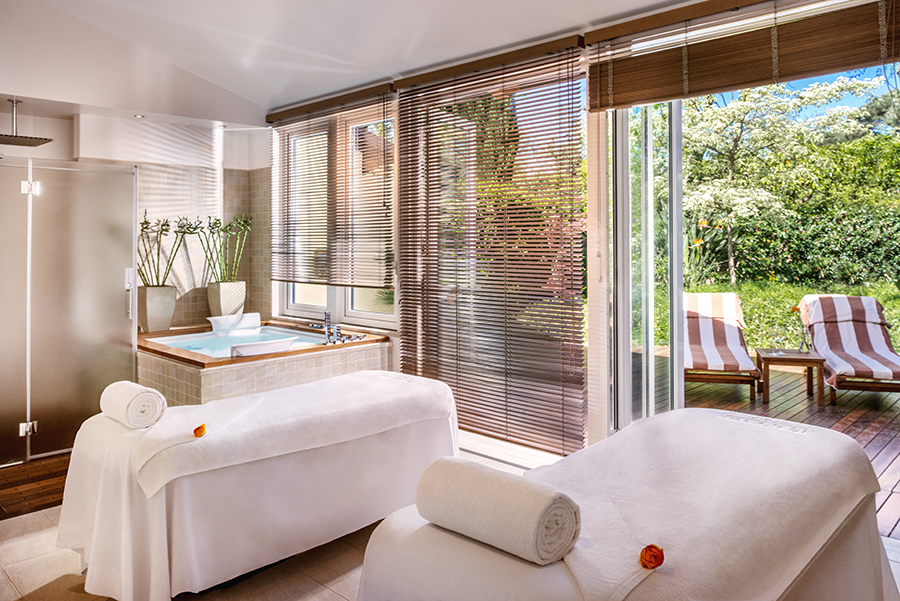

After this glorious walk, I head back to the hotel’s boutique La Serra spa for a signature massage and facial. The experience is the ultimate in wellness and relaxation—and much needed after the coastal walk. After having a glass of wine on the terrace of my two-story suite overlooking the sea, I head to Ristorante Museo Caruso—literally a shrine to the great tenor—where I indulge in delicious Mediterranean and Neapolitan flavors. Caruso serenades in the background. It’s the perfect way to end my trip to such a memorable destination.


